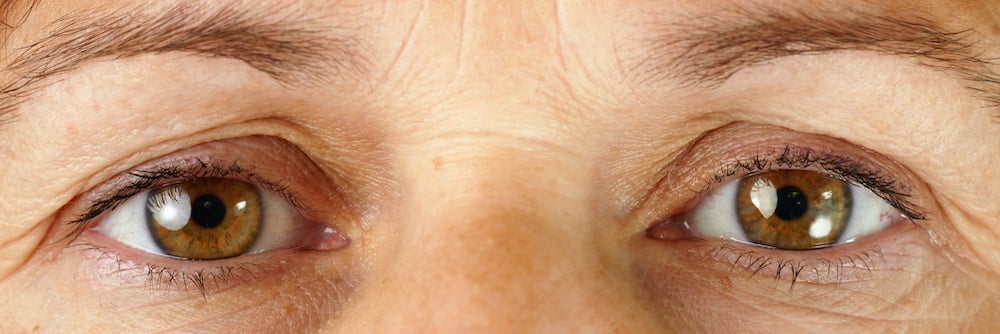Alzheimer's Disease
Eye tracking helps to make cognitive assessment and prediction of disease progression
Ocular myasthenia gravis (OMG) is a localized form of the autoimmune disorder myasthenia gravis in which antibodies directed against acetylcholine receptors (AChR) block or destroy these receptors at the postsynaptic neuromuscular. Many patients with OMG, however, have no detectable AChR antibodies. The main ocular symptoms of OMG are painless ptosis and/or diplopia as one or more extraocular muscles are affected.1
The hallmark of OMG is a history of weakness or fatigability of the extraocular muscles and/or ptosis with normal pupillary function, sensory function, and visual acuity. The weakness is often variable and increases with repeated or sustained muscle use throughout the day (ie, fatigability) and improves with rest, sleep, and cold temperature.1
Ptosis and extraocular muscle weakness may become more pronounced (ie, fatigable ptosis) if the patient sustains upward gaze for a prolonged period.1
Another characteristic sign of OMG is the Cogan’s lid twitch sign, in which the lid briefly elevates excessively after a vertical saccade from a downgaze position. The Cogan’s lid twitch can also occur spontaneously.1
Double vision or ptosis is the initial presentation in up to two-thirds of patients. A key feature of myasthenia gravis is fluctuation of symptoms over the day, worsening with exertion and improving with rest2.
Ophthalmoplegia and abnormalities in saccadic eye movements may also be observed in OMG, including hypermetric saccades, intersaccadic fatigue, jerky eye movements, and gaze-evoked nystagmus1.
The American Academy of Ophthalmology maintains an EyeWiki written by physicians and surgeons.
Read their literature review regarding Myasthenia Gravis here.

Eye tracking helps to make cognitive assessment and prediction of disease progression

Eye movement disturbances are present in up to 75% of MS patients.

Oculomotor examinations help differentiate parkinsonian syndroms.

More than 50% of children with a tumor in the brain stem show neuro-ophthalmological signs and symptoms